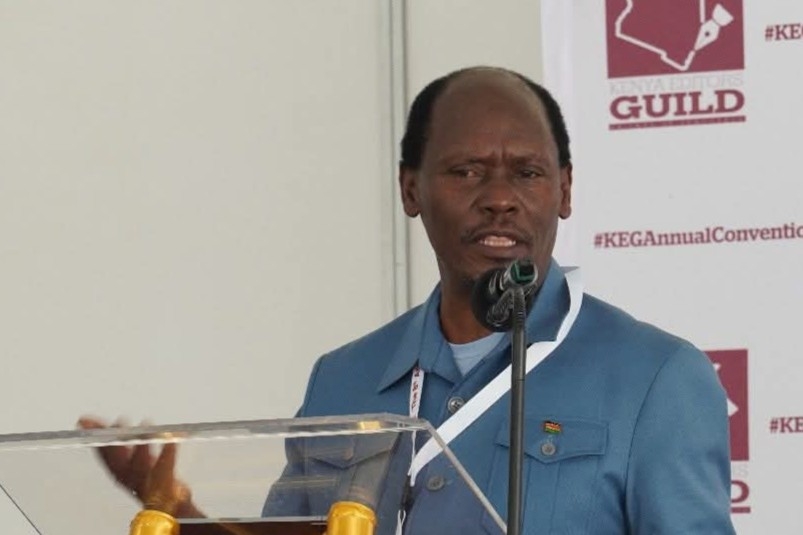It's the little things citizens do. That's what will make the difference. My little thing is planting trees, Nobel laureate Wangari Maathai said.
Planting trees is also the little thing of a group of eight volunteers in Kwale.
It is 8am and a number of women are busy watering seedlings and weeding them at the Kenya Forest Service station in Kwale county.
Some are carrying babies on their backs.
Occasionally, one or two stand upright, hold their hands akimbo and take deep breaths.
The air is fresh and they are surrounded by greenery. One would be forgiven for thinking the area receives adequate rains.
But the sad reality is that outside the station, drought is wreaking havoc.
And the women have taken a step to fight it.
Nunu Hassan, one of the eight women volunteering at Kwale KFS, says she started to conserve the environment following the increased effects of climate change.
Hassan says has chosen to sacrifice her time planting tree nurseries to avert more disasters.
"Climate change is threatening our existence. That's why I decided to do something before it's too late," she says.
We are already grappling with climate change, Hassan points out.
Take Kwale town, for instance, it used to have a benign climate but nowadays the coolness is no more, she adds.
Illegal logging and charcoal burning have wiped out most of the county's forests. Charcoal burning thrives in Samburu, Kinango and Lunga Lunga subcounties.
Kwale KFS Ecosystem Conservator Maghanga Blessington says the region's forest coverage is at 5.2 per cent.
Hassan and the other women believe they have an obligation to protect the environment and restore Kwale's once beautiful forests.
What they do
In partnership with KFS and Worldwide Fund for Nature - Kenya, the women are growing tree seedlings and managing tree nurseries.
They grow exotic and indigenous trees for the restoration of Shimba Hills Forest.
By December last year, they had grown 250,000 seedlings, says station manager Edwin Misachi.
The women developed a passion for environmental conservation while engaged in Kazi Mtaani where their task was tree planting.
When the programme ended, they chose to stay on as volunteers.
The women spend three hours daily taking care of the tree nurseries.
This is a huge sacrifice as most of them are married and have school-going children to look after.
Fatuma Saidi says they wake up early to prepare their children for school before reporting to the station.
They prepare seedling beds and mix manure. "We inspect the seedlings each day to ensure the trees are growing correctly and healthy," Saidi says.
Some of the seedlings are sold to potential buyers to avoid losses.
Indigenous seedlings go for Sh15 each while the exotic species are sold for Sh10.
The remaining seedlings are planted in public and private forestland to help achieve 10 per cent forest cover.
The women are not the only ones involved in conservation.
Mbodze Nyawa from Dzombo Adjacent Forest Community Association says they grow seedlings to fight climate change and generate income.
In 2018 they planted 6,000 seedlings, which earned them Sh221,000.
They sold the seedlings to WWF who gave them to Kwale forest communities to plant.
Currently, they are restoring Dzombo, Shimba Hills and Mangrove forests.
Benefits
WWF officer Nathaniel Mwangeka says they have restored more than 11 hectares (27 acres) of Dzombo and Shimba Hills forests.
Both forests were on the verge of disappearing as a result of increased human activities.
“Through participatory forest management by the WWF, KFS, communities and various stakeholders, we managed to rehabilitate the destroyed forestlands," says Mwangeka.
Hundreds of Kwale residents in Vanga and Gazi villages in Msambweni are reaping the benefits of the mangrove forest restoration programme through carbon harvesting.
David Mirera, the assistant director of Mariculture at Kenya Marine and Fisheries Research Institute, says the locals earn Sh2.5 million annually through carbon selling.
More than 10 hectares (24.7 acres) of mangrove forests have been rehabilitated and seagrass enhanced in Gazi leading to increased fish production.
Mangrove forests have nearly been wiped out as a result of illegal felling, most of which took place in the 1970s, says Mirera.
The restoration of mangroves has been enabled by the Kemfri community-led project called Mikoko Pamoja.
It was started in 2013 and became the world's first blue carbon project. Many of its members are women.
The conservation efforts have led to other income-generating activities such as beekeeping and sea weeding.
Dafoca chairman Godfrey Kombo says using the profits they make after selling the seedlings they have bought water tanks, water and inputs to run the project.
The rest of the money goes towards meeting their families' needs and improving their lives.
Most of the women have also become expert forest conservators and tree seedling producers.
Challenges
Misachi says poor farming methods contribute greatly to forest destruction.
He says many local farmers use fire to clear their lands, which leads to bushfires.
The fires hamper regeneration of vegetation, he says.
Misachi points out that locals have not developed a culture of growing trees and this has led to overdependence on public forests for livelihood.
He says since there are inadequate trees around the homesteads, people sneak into government forests to cut trees.
He blames illegal logging, charcoal burning and firewood collection for the severe deforestation.
Kwale is the leading producer of charcoal at the Coast, according to experts.
A lot of charcoal is produced in the forest ranches in Kinango, Lunga Lunga and Samburu, derailing conservation efforts.
Poor livestock keeping is also part of the problem.
Misachi says livestock keepers let their animals to feed on newly planted seedlings.
Mirera adds that the dumping of plastics in the sea is still a major impediment to mangrove restoration and conservation.
To further compound the problem, the ongoing drought has paralysed forest rehabilitation and protection efforts.
With most water sources drying up, it has been difficult for the women and Community Forest Association groups to continue planting trees.
Last year, Kombo says, more than 10,000 seedlings withered in tree nurseries for lack of water.
The KFS had targeted to plant 40 million trees by this year but has suspended the project.
Misachi says they are waiting for an appropriate time to plant them to avoid losses.
"Currently our forests are at risk due to the drought and it would be disastrous if we plant any now," he says.
Lastly, there is a shortage of forest rangers and community scouts to man the forests.
Edited by Josephine M. Mayuya



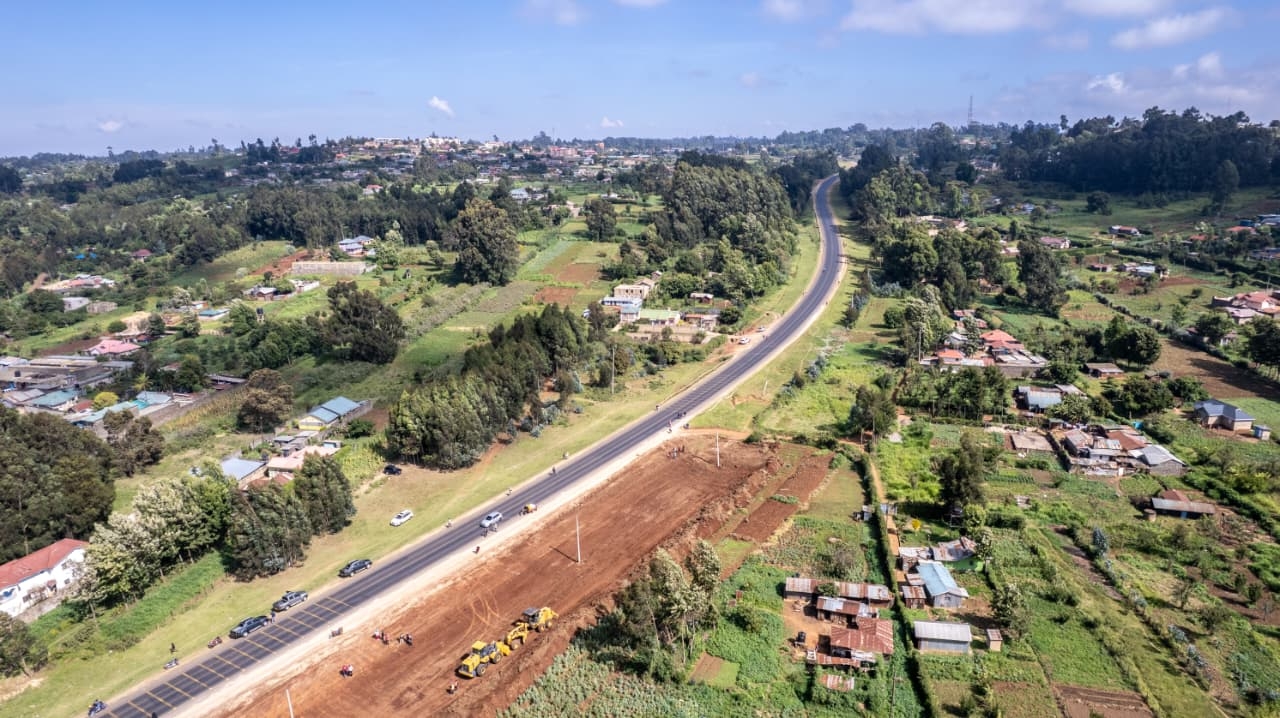


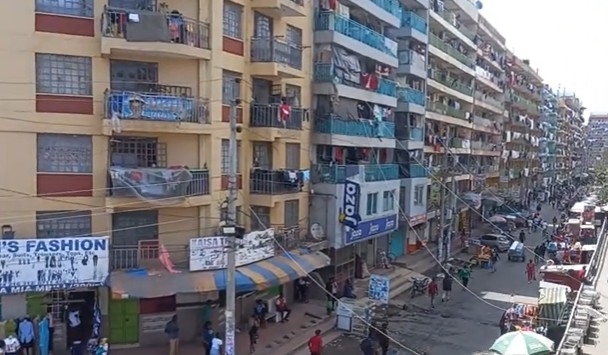

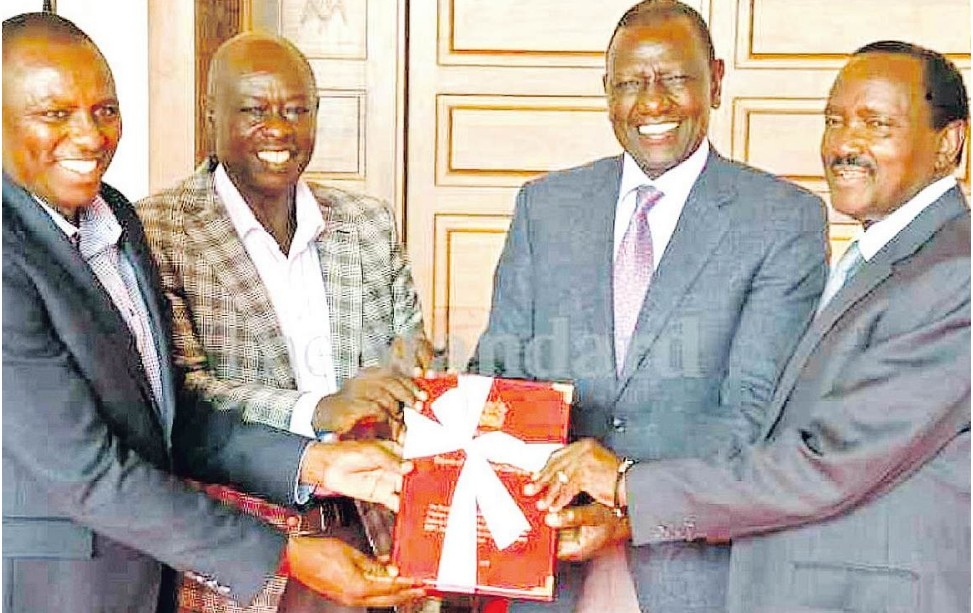
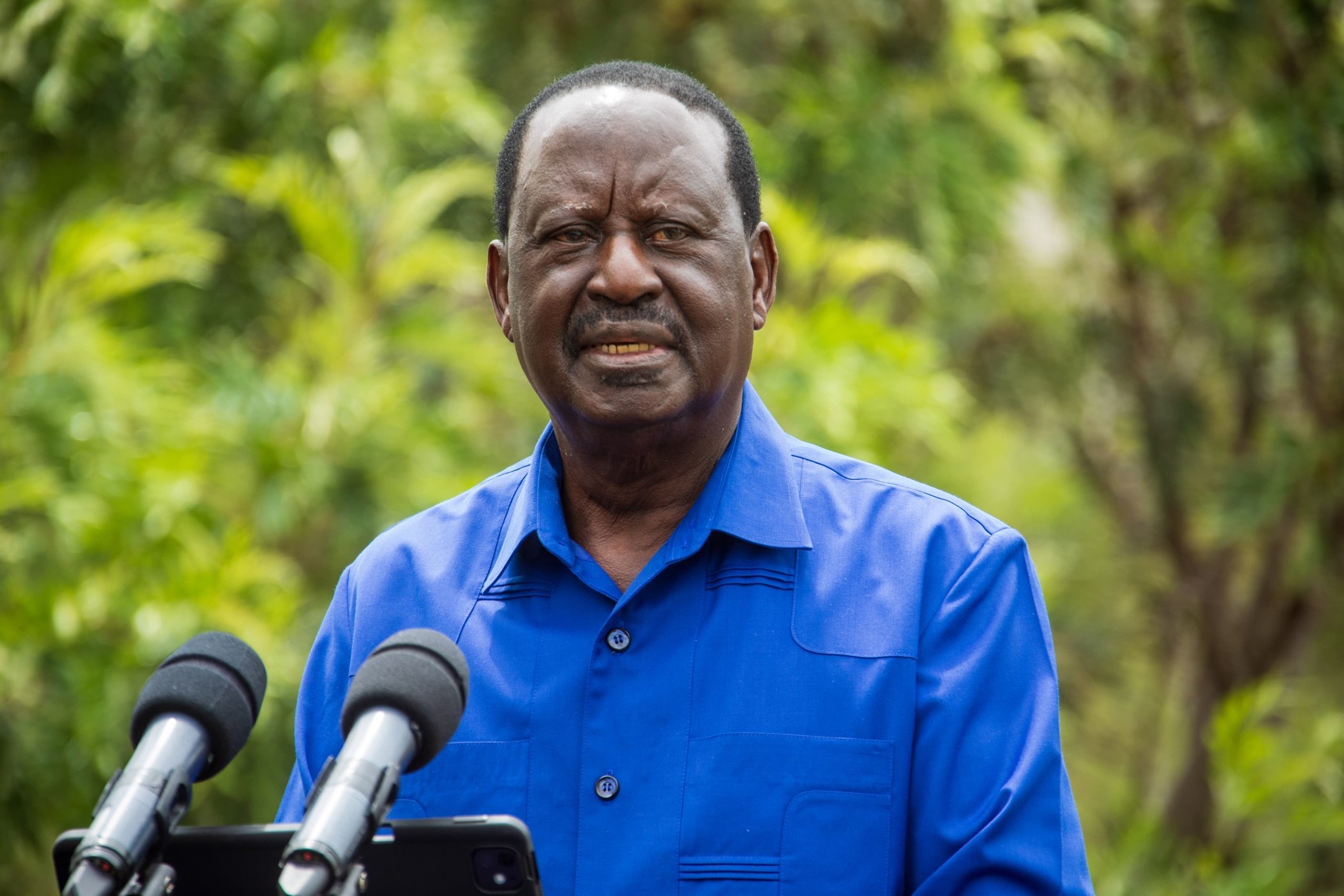
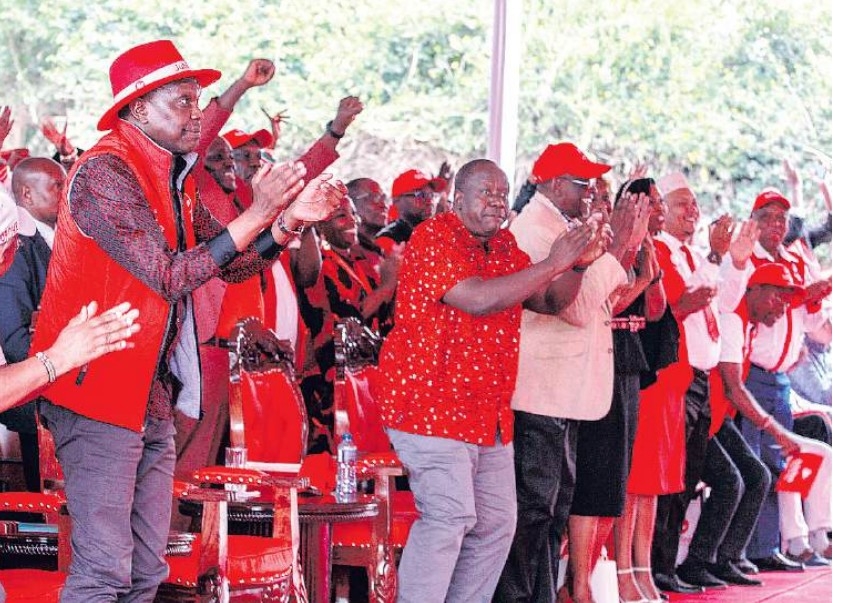

![[PHOTOS] Ruto present as NIS boss Noordin Haji's son weds](/_next/image?url=https%3A%2F%2Fcdn.radioafrica.digital%2Fimage%2F2025%2F11%2Ff8833a6a-7b6b-4e15-b378-8624f16917f0.jpg&w=3840&q=100)



